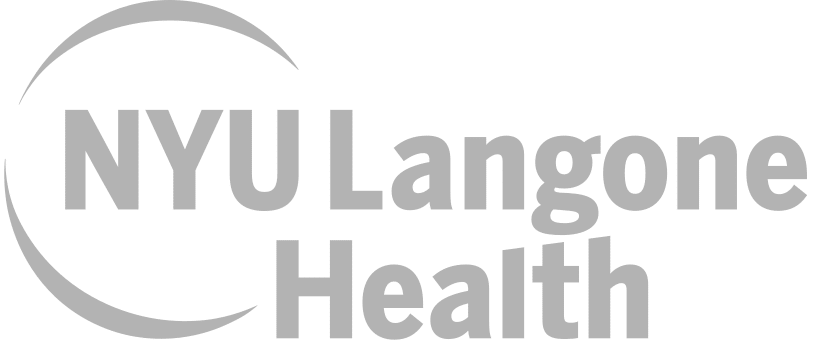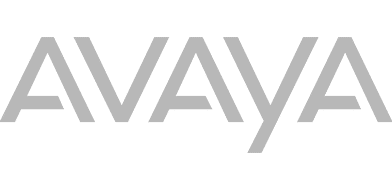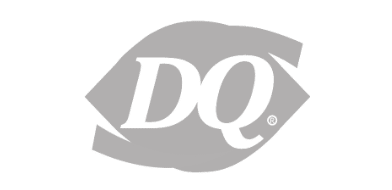The Ultimate Onboarding Guide

Download the Ultimate Guide to Onboarding and Explore:
Create the foundation for a great employee experience.
Employee turnover is expensive. An employee’s decision to stay or go begins as early as they accept a new position. Good onboarding programs create the foundation for employee engagement, retention, and productivity. Because a structured onboarding program is so influential to the employee experience, it only makes sense to understand the essential components of a best-in-class onboarding program.
Engage new employees from the minute they accept an offer and extend it beyond the first week, first month, or even the first year by leveraging technology to deliver personalized onboarding workflows at scale.






















